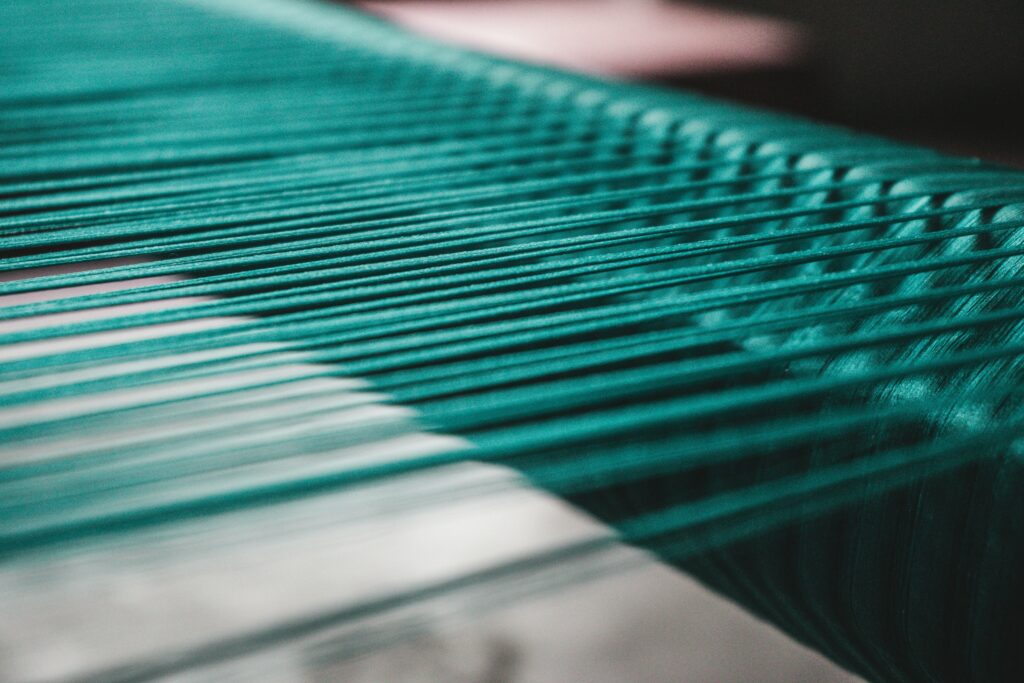Schedule 5 – Project Plan Details
Project Title
Re-creatable textiles from novel fibres
Project Leaders
Associate Professor Maryam Naebe
Associate Professor Rangam Rajkhowa

Objectives
Executive summary
The continuous increase in synthetic fibre production worldwide contributes to the demand for fossil fuels, as these fibres are primarily derived from petroleum-based chemicals. The trend of producing large quantities of synthetic fibre continues to increase due to the lack of sustainable alternative/s. The outcome of our current project “Future Textiles”, conceived and funded by Warner Research Institute (WRI), confirms that natural fibres are poised to become a key factor in achieving sustainability in the textile industry. However, due to their limited availability, finding feasible methods to reuse these valuable resources is of paramount importance to meet the rising demand for textiles. This research also recommends that nonwoven structures could be the future of textiles as their preparation process is more sustainable compared to woven and knitted structures. The structure of nonwoven is such, that it is easier to disintegrate and rearrange again, compared to the more ordered orientation of woven and knitted fabrics. Therefore, the circular use of textiles is more logical with the nonwoven structure. Though cellulose is the highest available biopolymer on this planet, its use in textiles is just one-fourth of the total fibre consumption mainly through cotton. Plant-based fibres, such as hemp, flax, kenaf, ramie, jute, banana, etc. are used in a very low amount worldwide. While in cotton, there is a minor non-cellulosic portion, the rest of the cellulosic fibres (mostly bast fibres) contain a higher non-cellulosic portion including lignin. A sustainable separation of the pure fibres from them is yet a challenge and restricting their broad use in textiles.
This project aims to create a new concept garment that takes away the energy required for conventional garment construction, and consumer care, ensuring environmentally friendly break down at end of life. To achieve this, we will examine a process of utilising fibres in a spray formation of a garment that at the end of use can be taken off and broken down in a simple solvent ready for reformation into a new garment for future use. Bast fibres are proposed as the most likely candidate for initial research and testing.
It is recognised that the developed method can also be used for producing similar material from other plant-based fibres. As a future study, the suitability of other non-traditional resources, such as fungal mycelia, Myxomycetes, seaweed and other potentials will be assessed.
The research question for this project is:
- Can we create a fabric that can be created and recreated multiple times before composting at the end of life?
To do this we need to answer the sub questions:
- What is the best method to micro-fibrillate the bast fibre?
- What is the right composition of the fabric to enable creation and recreation?
- Is a binding method required to hold the fabric together or can the surface of the microfibres achieve this alone?
- What is the best method to create the fabric?
- How many times can the fabric be cycled through the construct/deconstruct process?
Objectives:
The project involves 2 main objectives. 4 tasks will be followed to deliver the objectives:
Objective 1: Separation of cellulose and micro fibrillation.
Task 1. Degumming of bast fibre.
Task 2. Micro fibrillation of bast fibre.
Objective 2: Construction and deconstruction of nonwoven, and physicochemical properties.
Task 3. Construct and deconstruct nonwoven using appropriate solvent.
Task 4. Characterisation of nonwoven.
Project Activities
Task 1. Degumming of bast fibre (months 1-6)
In this part, the degumming of bast fibre to separate the cellulose component will be carried out following previous reports. For ease of processing of fibres, mechanical treatments may also be considered as pretreatment. The process will investigate enzyme and low chemical methods for separating the fibres in the degumming process.
Outcomes anticipated: Degummed bast fibre ready for micro fibrillation.
Task 2. Micro fibrillation of bast fibre (months 7-15)
The micro-fibrillation part is chosen in this study to make the fibres sprayable through a nozzle without clogging. Deakin has significant experience in fibrillating cellulose and lignocellulosic materials to produce micro-fibrillated fibre. Deakin possesses pilot-scale high-pressure homogeniser
and shear mixers capable of producing materials at rates of up to 50 L/h. In this task, micro-fibrillated cellulose will be derived from the degummed bast fibre, and the process will be optimised to get the best possible quality. The micro-fibrillated fibre may also provide the benefit of self-adhesion avoiding the requirements for a binder to be used in subsequent steps.
Outcomes anticipated: Report on the developed process of micro-fibrillated cellulose from bast fibre.
Task 3. Construct and deconstruct nonwoven using appropriate solvent (months 13-20)
In this task, one or more solvent systems will be used to observe the construction and deconstruction behaviour of a nonwoven from the micro fibrillated cellulose obtained in Task 2. A spraying assembly method or other mechanisms will be considered to produce the nonwoven structure. Attempts may
also be made to produce a nonwoven as a combination of bast fibre snippets and micro fibrillated cellulose. The combination of fibre snippets with the microfibres may achieve the non-chemical binding properties of the microfibres and the structural integrity, loft and feel of traditional fibres. The
deconstruction and reconstruction ability of the nonwoven will be tested to identify its reusing potential.
Outcomes anticipated: Development of optimised methods for nonwoven preparation with deconstruction ability.
Task 4. Characterisation of nonwoven (months 19-24)
In this task, the physicochemical properties of the prepared nonwoven film will be investigated and will be compared with the available literature data. The morphology, drape, breathability, and mechanical properties will be investigated.
Outcomes anticipated: A report on the properties of the prepared nonwoven.
Specified Personnel
Deakin
Associate Professor Maryam Naebe (Co-lead)
Associate Professor Rangam Rajkhowa (CO-lead)
Associate Professor Chris Hurren
Professor Joe Razal
WRI
Phil Warner
Milestones
| Objective Description | Milestone Description | Performance Indicator | Estimated start/finish date* |
| 1. Separation of cellulose and micro fibrillation. | Report on degumming and micro-fibrillation of bast fibre (Task 1 and 2). | A systematic description of the optimised method and a set of data to illustrate the properties of micro-fibrils. | 01/07/24-31/09/25 |
| 2. Construction and deconstruction of nonwoven, and physiochemical properties. | Report on the nonwoven construction and deconstruction process and characterisation of the nonwovens prepared (Task 3 and 4). | A systematic description of the optimised nonwoven preparation and deconstruction process and a set of data to illustrate the properties of nonwoven. | 01/07/25-30/06/26 |
*Actual start and finish date will depend on dates of signing of Hub agreements.
Project Progress Review Schedule
Regular meetings with project team – fortnightly to monthly.
Bi-annual and final comprehensive reviews of progress.
Want to learn more?
